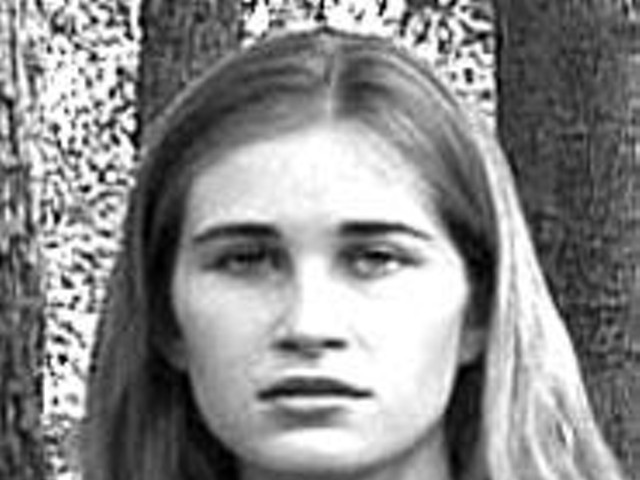For here is the most important thing you need to understand if you plan to attend the ambitious Fontbonne University production of Jane Eyre: Although you're watching a play, the premise here is that you're actually reading Charlotte Brontë's 1847 novel. "But," you might counter, "of course I'm not reading a book; I'm sitting in a theater." And that's true as well. But the extent to which you enjoy this unusual theater experience will be gauged by your ability to immerse yourself in Brontë's Victorian prose.
Normally, in transferring a novel to the stage, the first thing the adapter does is excise the excess verbiage, all that descriptive "he said sardonically" and "she answered doubtfully" that fills out a sentence after the dialogue. Most adapters leave the "sardonic" and the "doubtful" to the actors to convey. But here, much of that description is retained and recited -- enough, anyway, to convey the aura of literature. If you fear you might be put off by characters who refer to themselves in the third person and describe their own actions ("I got up, I went to the door, I came back again"), this stylized approach may not be for you. But if you don't resist the form, Jane Eyre provides an intriguing way to "read" a classic novel in two-and-a-half hours.
For director Deanna Jent and her cast of 11 actors (nine of whom divvy up 35 roles), the initial challenge is to keep the action flowing even as the narrative is constantly tossed about the stage like a hot potato. But the actors succeed so effectively that by Act 2 the script's staccato style goes almost unnoticed, overwhelmed by the improbability of the romance between Jane, the timid governess, and Mr. Rochester, the mysterious master of Thornfield.
These two unlikely lovers have claimed the public's imagination for 155 years. Practically the only person to go on record as disliking their story was Charles Dickens. Even though he was the most popular novelist of the 19th century, Dickens could still be jealous of someone else's success. Thus he complained that he would never read Jane Eyre because he didn't approve of such drab characters.
Well, it's true. There's no denying that our heroine, a misbegotten orphan who was "meant for labor, not for love," is a plain Jane. And yet, in playing an essentially colorless character, Julie Venegoni renders a performance of surprising colors. At the outset, she is pale and wan. But the moment the moody, mysterious Mr. Rochester (a charismatic Christian Navarrete) enters the tale, Venegoni's physical appearance alters. Her face flushes. It's as if yet another candle has been lit, a candle that flickers in Jane's heart. Only then do we sense that Brontë's story is illuminated by a fire that ignites more than mansions.
In the end, just as true love wins out over adversity, so too, in a curious parallel, does true theatricality win out over verbosity. For despite the countless words the actors are required to utter, it's the silent simplicity of a hand held, the sheer magic of fingers entwined, that fills the stage with heat. That's when we're reminded it makes no difference whether we're watching Jane Eyre in Victorian England or one of her spiritual descendants, such as Lizzie Curry in the arid American West of The Rainmaker -- the privilege of watching a plain woman glow with inner radiance is a theater gift that defies dialogue.





